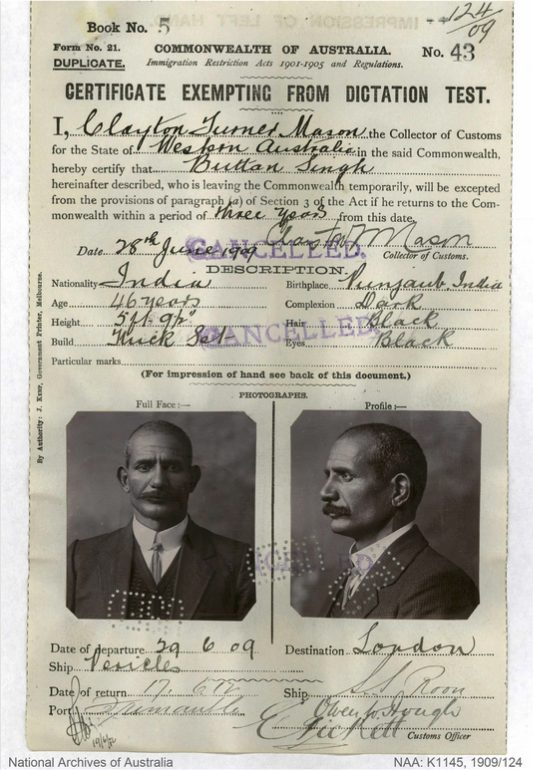It’s fascinating what can be found in an old house. Back in the late 1980s, a home owner discovered a series of photographs when renovating. These photos were originally the property of John A Rice. Most of these were your typical family portraits and holiday photos, while others offered a glimpse into the world of demonstrations of strength and ‘physical culture’ in the early to mid 20th century.
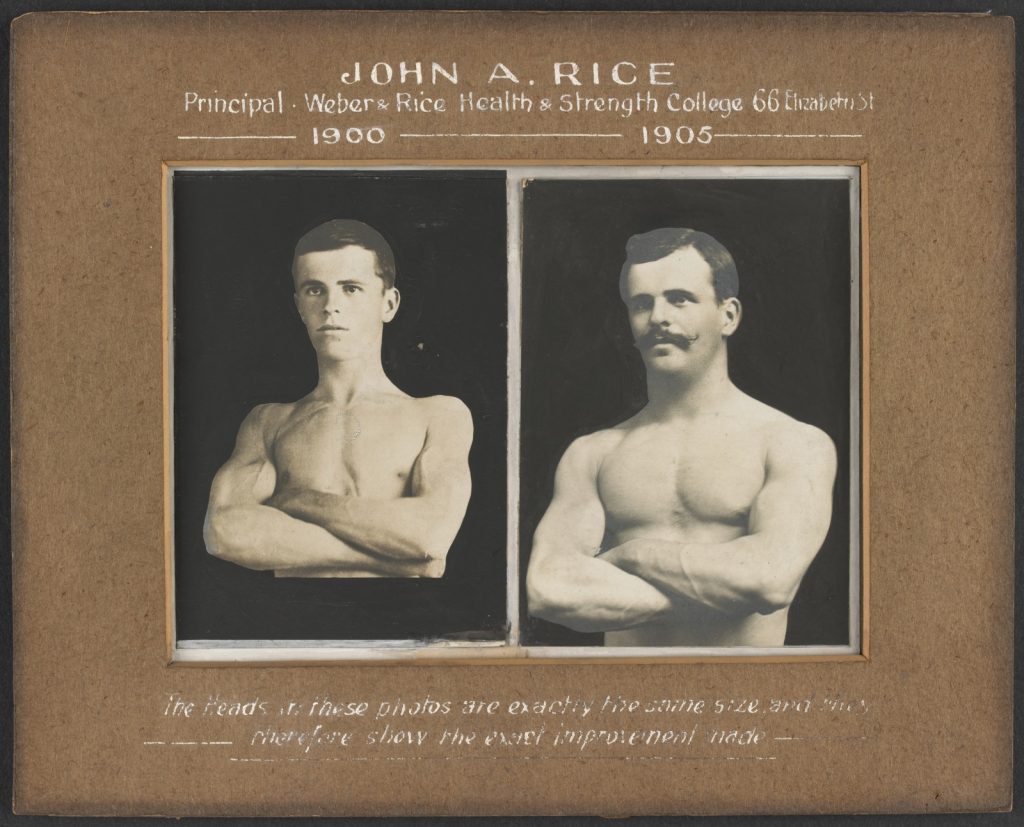
The main physical culturalists in these photos were John A Rice, and his business partner Clarence Weber whose business, ‘Weber and Rice Health and Strength College’, were one of many in Melbourne dedicated to physical fitness.
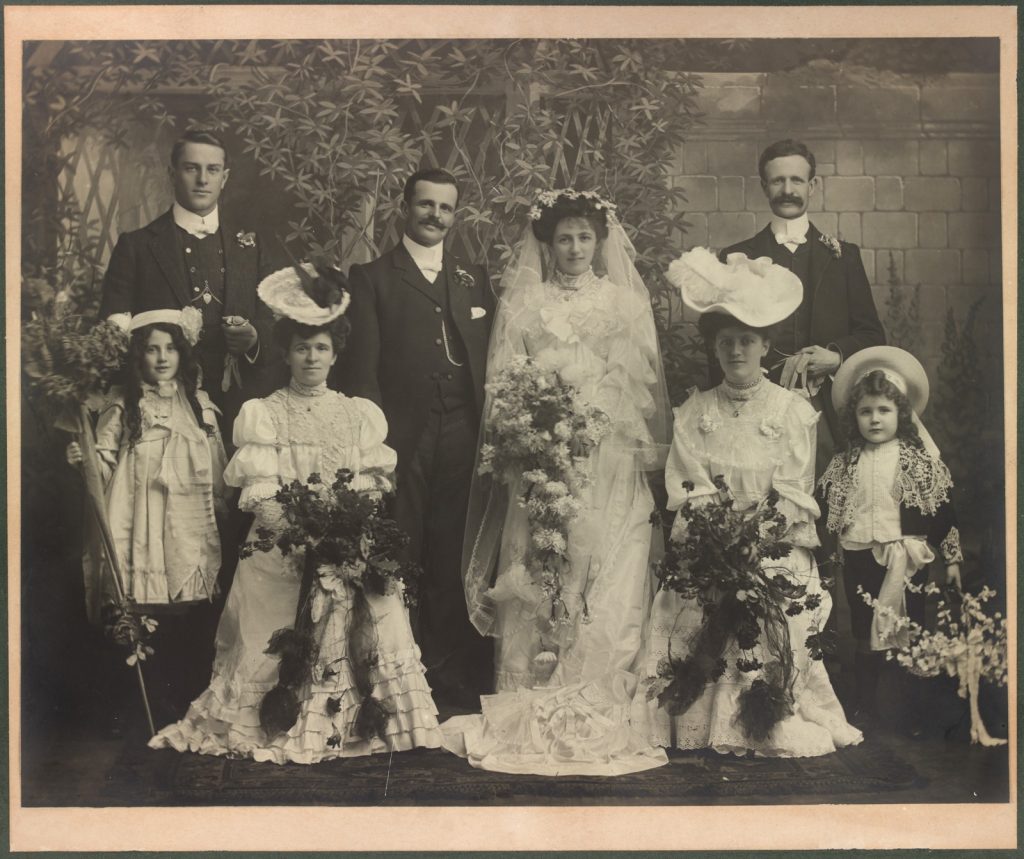
It is claimed that a visit to Melbourne from legendary strongman Eugen Sandow inspired Weber and Rice to push their physical limits. Sandow’s impressively muscular physique and exploits of strength (ripping decks of cards, chest expansion, walking with multiple people clinging onto him) wowed local audiences and turned Weber and Rice into devout followers.
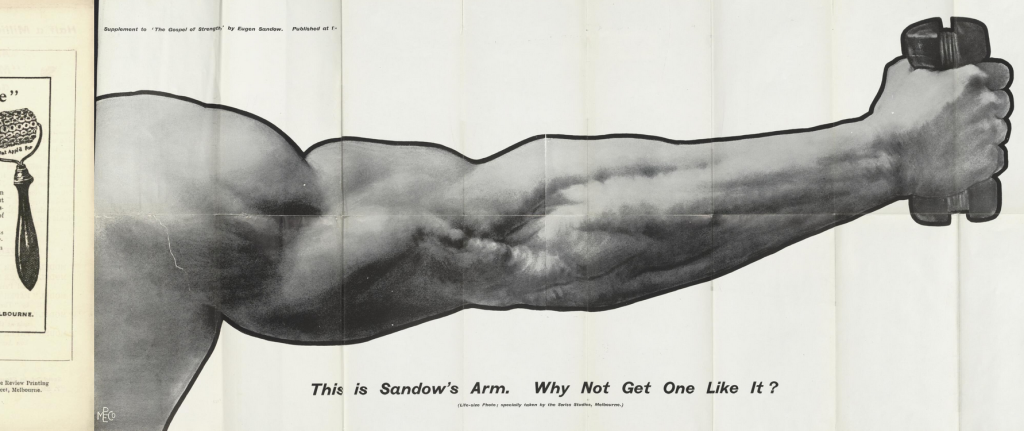
Within a few years both Weber and Rice were excelling in sports and feats of strength. Weber turned his attention to wrestling and he quickly rose up through the ranks.
Wrestling had been a popular sport in Australia with large halls, and stadiums regularly filled with wrestling fans. The wrestling styles favoured at the time were Catch and Catch as Catch can. Though rules with these names varied across the world, it was far removed from the over-the-top soap opera of modern wrestling entertainment. Then again, Weber’s rise to fame in wrestling had strong dramatic overtones when he fought Buttan Singh on Saturday November 5th, 1904 at Wirths Circus in Melbourne. Singh was an experienced wrestler, who worked as a hawker (travelling seller of goods) and was given special permission to work and live in Australia during the days of the exclusionary White Australia policy.
In a closely fought bout, Singh was able to apply a debilitating sleeper hold and defeat Weber. The referee (who was Singh’s manager!) said that this hold was within the rules of engagement, however Weber’s cornermen were incensed with this tactic and soon the partisan crowd (which included members of an American ‘Wild West’ entertainment troup performing at the circus) added to the fury. Boos drowned out the announcement of Singh’s victory and the band’s rendition of ‘God save the Queen’. A riot started, with Singh driven out of the stadium and having to run through the streets of Melbourne in only his wrestling attire.

In subsequent contests, the skillful Singh was able to withstand Weber’s best efforts until 1906 when Weber emerged victor in a bruising contest. Weber was finally Australia’s champion and he held that title for many years. For all of his success, Weber was accused of lacking the instinct to be a great champion, whilst Weber always maintained that wrestling was a way to promote his and Rice’s gymnasium.
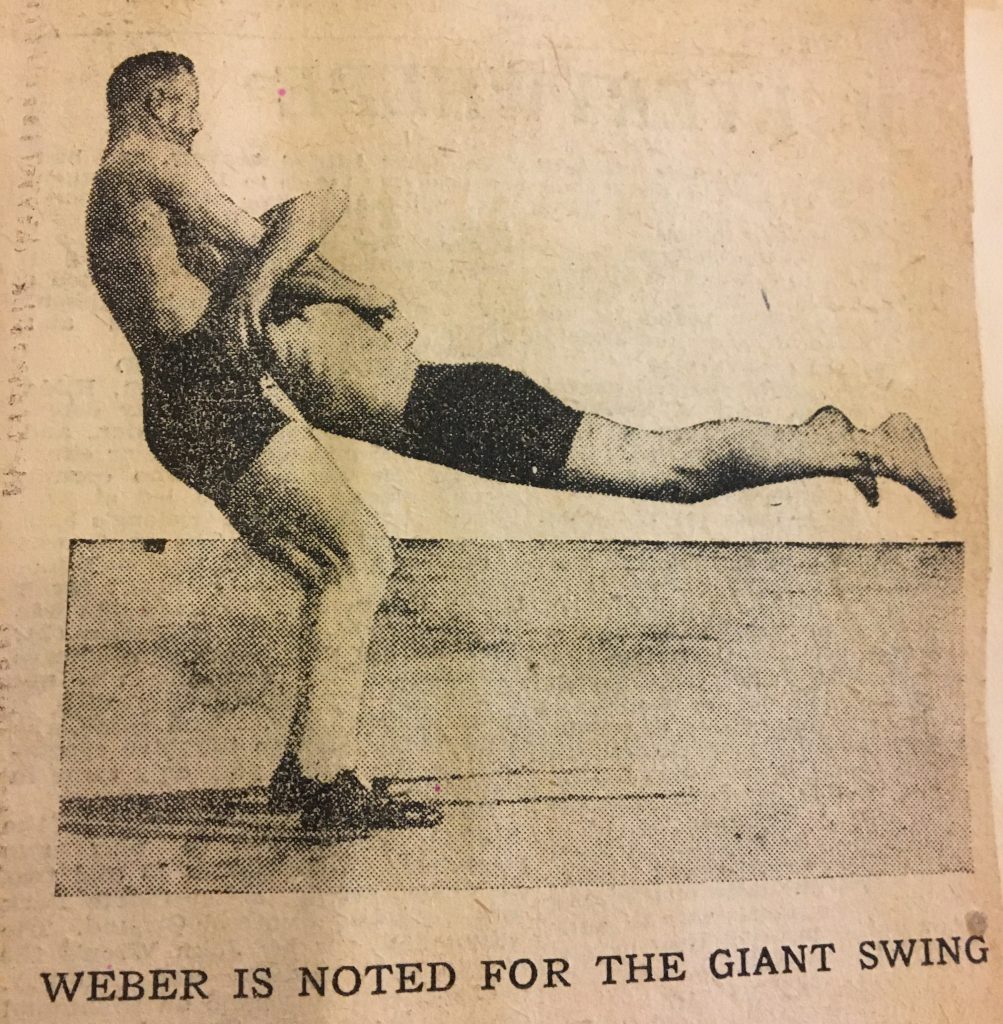
Weber, with Rice, learned their lessons from Sandow and displayed their physical strength as popular entertainment. They took their strongman, acrobatic, and wrestling abilities across Victoria and Adelaide. These shows, playing to various cities and towns, included singing and musical numbers and comedy from the troup and with strongman displays from Weber and Rice, and even the occasional wrestling bout to whomever was brave enough to step into the ring against Weber.
Weber’s fame saw an increase in female spectatorship at wrestling bouts when traditionally the audience was usually almost entirely male. Newspaper reporters would gleefully mention the gasps and cheers for Weber when he disrobed. He was matinee idol handsome and matching this with his peerless physique made it easy to publicise him. The promotional material for Weber gives one a sense of voyeurism that was within the realms of wrestling/strongman publicity but in general unusual for the conservative city of Melbourne.
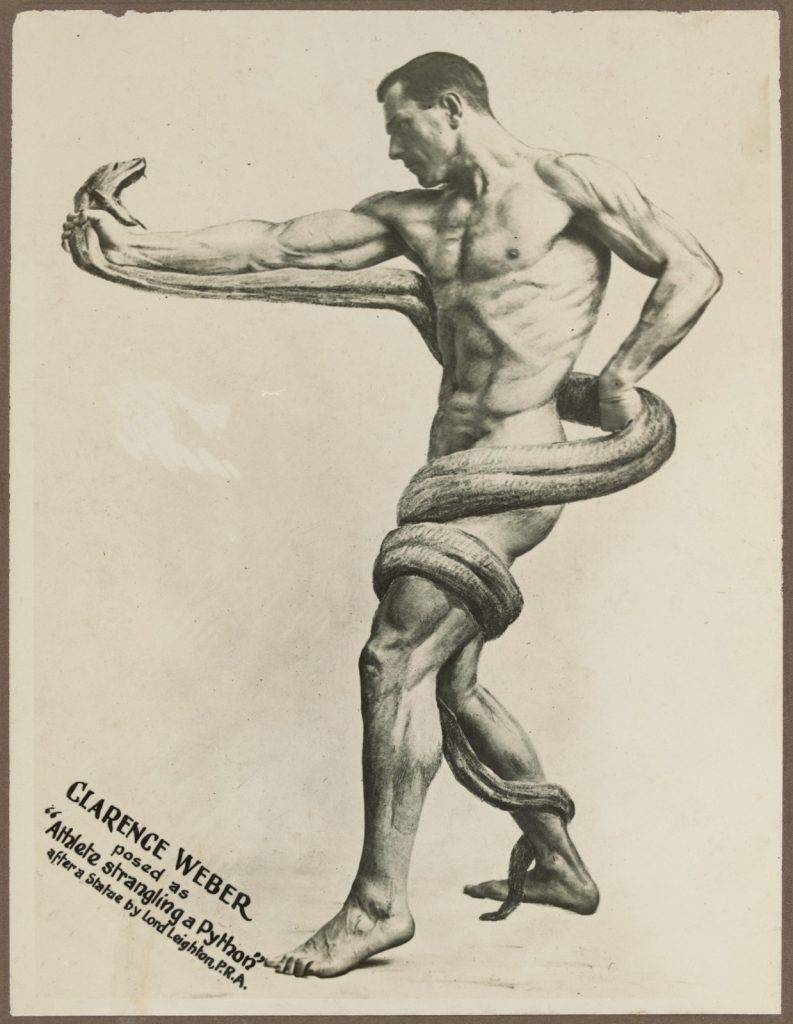
Physical well-being was at the forefront of Weber and Rice’s efforts to educate. Their training had a focus on special breathing techniques, which would in turn improve strength, stamina, concentration, posture, and speech impediments.
Weber and Rice exhibition shows promoted women and men, boys and girls (including their own family members). Women and girls had large roles to play in the performances of the Weber and Rice troup, with some feats of strength though the focus was on gracefulness and demonstrations of jiu-jitsu as representations of female physical culture.

Clarence Weber wrestled well into his forties, eventually retiring aged 45. His second wife Lavinia was a well-known physical culture advocate (who later became a politician and one of the first female members of State Parliament). Weber and Rice (and Reginald Shorthose in Adelaide with the name Weber, Shorthose, and Rice) ran a successful business. It was a shock to all when Weber died suddenly at his home aged 47. The businesses that featured the Weber name ran for years after his passing.
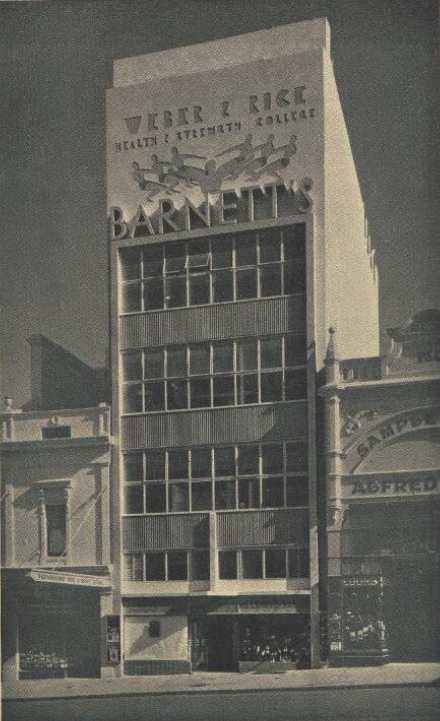
For more details on Clarence Weber read the series of articles published in the Sporting Globe in 1937. Written by his manager (M.P. Adams), they chart Weber’s physical culture career and his wrestling bouts with Buttan Singh and others.

